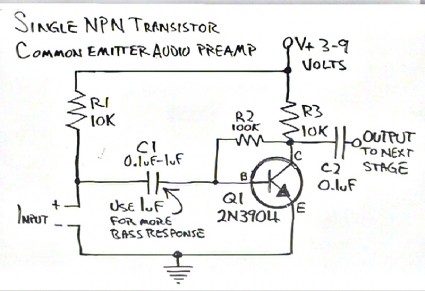Scott Harden had a very cool idea: sending Hellschreiber, an old fax-like teleprinter code invented by Rudolf Hell, using just an Atmel ATMega48 and a canned oscillator. The idea is pretty simple: the canned oscillator will produce a square wave with the same amplitude as the input voltage. So, you simply power the oscillator with the PWM output (presumably with some low pass filtering) of the AVR, and you can produce a simple AM modulated signal. There are some issues with this, but the basic idea is pretty cool, and I have most of the parts I need to make this happen at home. I’ll try it out and let you know how it works out.
>>> I before E except after Hellschreiber « SWHarden.com.
Addendum: I experimented with this basic idea using my LED/Laser PWM code/circuit that I built on my Arduino. I’m uploading the youtube video now, but I realize that now that I didn’t do what Scott did, and what he did was somewhat more likely to work better. If you watch my latest YouTube video (uploading now) you can anticipate that I’ll be apologizing for my stupidity. My experiment did work, after a fashion, but his idea is somewhat better. Stay tuned.
Addendum2: Here’s the video that I shot tonight. It’s still horribly wrong, but in the interest of full disclosure, I thought I’d toss it out there. I need to work at understanding the filters and the like, maybe add a buffer, and consider the biasing. What can I say, my eyes were dialated, my brain foggy. The aliased copies I hear at the end are probably not going to be present if I actually did what Scott did. Stay tuned, I’ll redo this after some thought.
